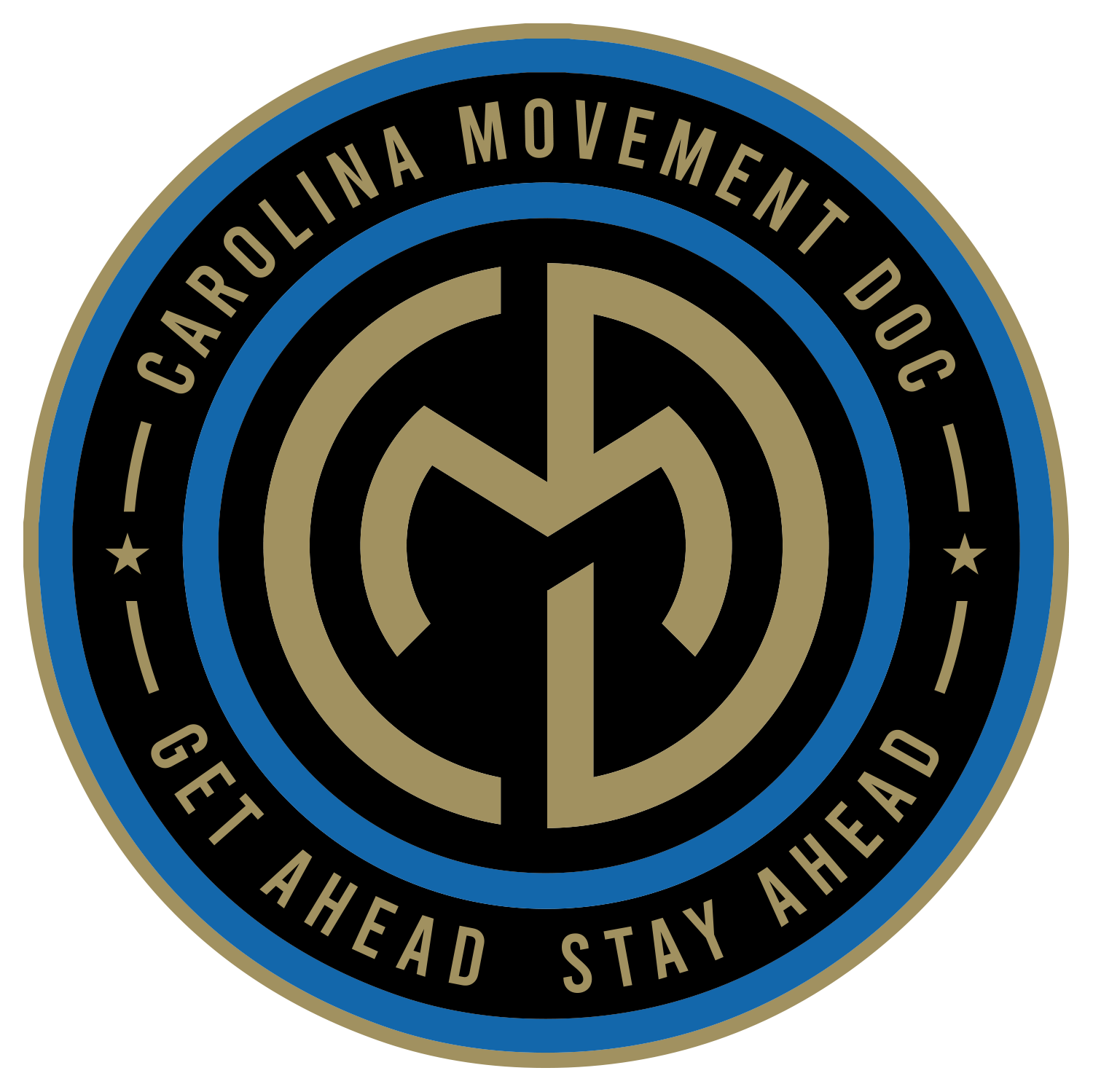Built for the Overhead: Training the Overhead Position for Baseball Performance
Whether you're a pitcher delivering a fastball or an outfielder making a throw from the warning track, the overhead position is central to the game of baseball. But here's the problem: while overhead motion is one of the most powerful movements in the sport, it's also one of the most vulnerable. Doesn’t that stink a little bit?
From shoulder impingement to labral tears to chronic stiffness, dysfunction in the overhead position can derail performance, shorten seasons or worse, end careers. At CMD we see it all the time: athletes with talent, drive, and skill, but whose movement quality is holding them back.
If you're an overhead athlete and you're not training in these positions you're leaving a lot on the table. Let’s break down how we approach training the overhead position the right way to build durability, efficiency, and long-term performance. This is NOT just for recovery, but with CMD we can help develop stability and control in the overhead position and give you something you can take with you forever! That is the idea in the end isn’t it?
🔍 Understanding the Demands of the Overhead Position
Throwing a baseball isn’t just about arm strength. It’s a high-speed, full-body movement that requires:
Spine mobility and stability throughout all planes
Scapular control
Glenohumeral mobility with stability
Muscle synchronization
Hip and trunk rotation
If any part of that chain is dysfunctional, the shoulder/elbow takes the hit—literally. Then we are likely having a very different conversation.
Train the Pattern, Not Just the Part
The mistake many make is isolating the shoulder and forgetting the rest of the kinetic chain. To train overhead performance, we need a global approach. Here’s how:
Mobility First, Then Stability
Thoracic Extension & Rotation:
The T-spine is the unsung hero of overhead motion. If it’s locked up, athletes compensate through the lumbar spine or shoulder joint—bad news for long-term health. To be honest, once back pain sets in then you are going to lose arm strength and velocity very quickly and its VERY tough to get that back!
Lat & Pec Length:
Tight lats and pecs pull the shoulder out of optimal position. We need length to get into the overhead zone, and control to stay there. Are you starting to see the relationship here?
Scapular Control is King
The scapula (shoulder blade for all of you who have no idea of anatomy) sets the foundation for all overhead movements. We need upward rotation, posterior tilt, and solid protraction—all with precision. That’s a lot of different motions to control all at the same time.
Strength in End-Range
Muscles are strongest in the mid-range, and weaker at shortened and lengthened extremes resulting in decreased force production.
Too many athletes are strong through a range—but not at end-range. Training through full ROM and using variable resistance can help address weaknesses across the curve. Overhead athletes especially need to own that terminal shoulder flexion with control and strength throughout which lowers risk for injury of the stabilizing muscle of the glenohumeral joint (shoulder joint)
Integrate the Core & Lower Half
Power comes from the ground up. If the core can’t transfer energy from the hips to the arm, the shoulder ends up doing all the work.
Screen & Individualize
Every baseball athlete presents differently. Some have hypermobility, some are stiff which is why it is CRUCIAL you are under the guidance of an expert to provide the proper program. Some throw five days a week, others just on weekends. Don’t just apply cookie-cutter programming that most places are giving out (likely what the In-Network clinics are doing)
Use screens like:
Shoulder flexion + ER AROM
Passive vs active range
Scapular control in dynamic positions
Rotational mobility (hips and T-spine! Don’t miss this!!!)
⚾ Game-Ready, Not Just Gym-Strong
Our job isn’t just to prevent injury—it’s to enhance performance. While injury prevention is impossible we can be well-trained in an overhead position significantly lower the risk while also…
Increasing velocity
Better pitch control
Reduced post-throw soreness
More consistent mechanics
Longer careers
Take home message…
The overhead position is a privilege—not a guarantee. It requires constant maintenance, strategic loading, and a full-body approach. This is why pitchers have such a detailed routine when it comes to their arm care.
If you're a baseball athlete looking to elevate your game—or a coach or parent trying to keep your player healthy—don’t overlook the role that CMD plays in building a bulletproof overhead pattern.
Ready to Build Your Overhead Engine?
We help baseball athletes optimize performance from the ground up. Schedule your performance assessment today and get a custom plan tailored to your game.
Get at us today to get started and let’s get you to that D1 Scholarship!
